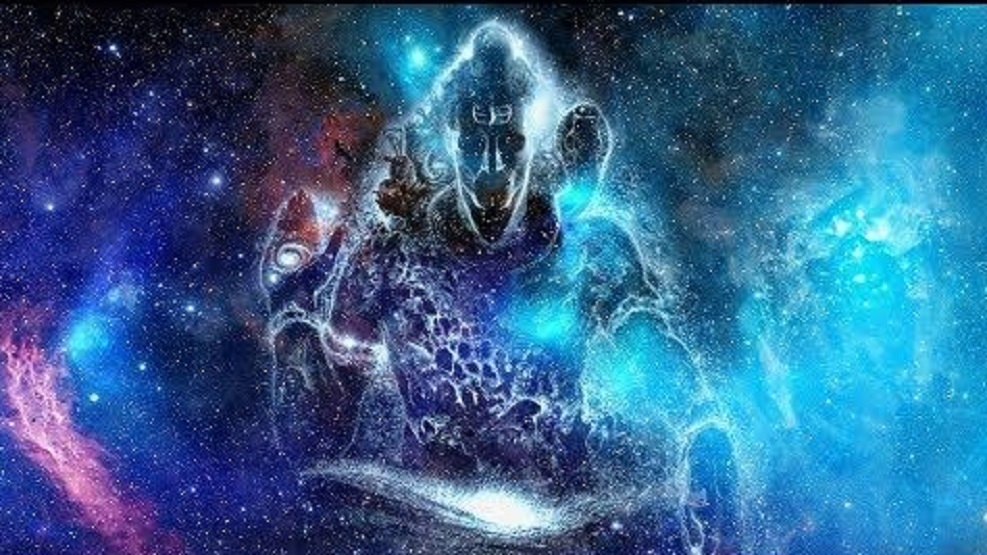Spiritual significance of Mahashivratri
| Date :21-Feb-2020 |

Muhurta on Mahashivratri: February 21:
Nishita Kaal Puja Time - 12:02 AM to 12:52 AM on February 22. Duration - 00 Hours 50 Mins.
February 22, Shivaratri Parana Time - 06:40 AM to 03:21 PM; Ratri First Prahar Puja Time - 06:14 PM to 09:21 PM; Ratri Second Prahar Puja Time - 09:21 PM to 12:27 AM, February 22: Ratri Third Prahar Puja Time - 12:27 AM to 03:34 AM, February 22: Ratri Fourth Prahar Puja Time - 03:34 AM to 06:40 AM, February 22.
Chaturdashi Tithi Begins - 05:20 PM on February 21 and Chaturdashi Tithi Ends 07:02 PM on February 22. Shivaratri puja can be performed one time or four times during the night. The whole night duration can be divided into four to get four Prahar to perform Shiva Puja four times.
By Rajendra Diwe :
‘Mahashivratri’ is an important festival celebrated across the country as a symbol of convergence of Shiva and Shakti. This festival is held on Chaturdashi Tithi during Krishna Paksha in month of Magha is known as Mahashivaratri according to South Indian calendar. However, according to North Indian calendar Masik Shivaratri in month of Phalguna is known as Mahashivaratri. In both calendars, it is naming convention of lunar month which differs. However, both North Indians and South Indians, celebrate Mahashivaratri the same day. The Spiritual Science terms Shiva as consciousness or the masculine principle. While Shakti symbolises the feminine principle, the activating power and energy.
Other terms for these primal principles are Purusha and Prakriti; Purusha is consciousness and Prakriti is nature. Shakti (or Prakriti) means energy, power, movement, change, nature. Shiva (or Purusha), on the other hand, is pure consciousness the unchanging, unlimited and unswayable observer. Purusha has no desires whatsoever; these are inherent only in Prakriti. Purusha is the empty, clear screen onto which Prakriti projects her colourful film.
There are three spiritual organisations in country named Isha Foundation, Prajapita Brahmakumaris Ishwariya Vishwa Vidyalaya and Akhil Bharatiya Gayatri Pariwar. All these organisations some how of the other are dedicated to Lord Shiva. Sadguru of Isha Foundation says, “Maha means ‘Great’, ratri means ‘night’ and jayanti means ‘born date’. The word ‘Shiv’ literally means benefactor of all. ‘Shivaratri’ implies that Incorporeal God (Shiva) incarnates into the corporeal world at such a time when the night of utter darkness prevails.
The word ‘ratri’ here does not connote the darkness that falls after sunset, but it signifies the darkness of extreme ignorance and unrighteousness in the world. Shiv-ratri or Shiv Jayanti is celebrated in Bharat (India) since the copper age.” BK Rajani Didi, Director of Brahmakumaris regional centre in city sent the divine message of Param Pita Shiv Baba on the occasion of Mahashivratri.
The message says, “Ratri is associated with Shiv because he comes in the night of total darkness of ignorance (lack of spiritual knowledge). When the world falls in such night, when the souls became impure under the influence of 5 vices, and when the true religion of purity and peace and the spiritual self-identity was forgotten, he came to restore the humanity in its highest stage. In such time only, god comes to awaken us, to re-establish the Dharma (religion) of peace and to uplift the entire humanity. This is remembered in Shrimat Bhagavad Gita in this sloka: Yada Yada hi Dharmasya...” “Mahashivratri is also the best occasion to understand its spiritual significance. ‘Shivling’ symbolises the light form of God Shiva. God is not a human being, nor does he have any bodily form.
God Shiv is a divine point of subtle, divine light, often symbolised by an oval shape stone and worshipped. This is why he is depicted as jyotirlinga, meaning ‘the symbol of light’. He is the truth, the benefactor and the most beautiful one; and therefore known as satyam-shivam-sundaram (Shiv is truth and beautiful),” Rajani Didi states. “The word “Trimurti Shiv Jayanti” signifies that Shiva, the incorporeal Supreme Father, is the Creator of three deities - Brahma, Vishnu and Shankar - through whom he carries out his three Supreme acts of Creation (of the new world /Satyug), Sustenance (of that new world) and Destruction (of the old world/ kaliyug). These are his three divine children.
These deities (a shape made of light) are infact a subtle form and not physical form (not a human being),” BK Rajani Didi mentions. Yug Rishi Gurudev Pandit Shriram Sharma Acharya in his Amrit Vani explains, “ We have only seen the external form in the idols of Lord Shiva (and Parvati) and have mechanically followed the customary rituals of worship. We have not understood the philosophy, the true meaning, of devotion to Lord Shiva. What we see in the temples as the idol of God is only like the gross representation of His limited manifestation.
The gross body is only an outer shell; the source of life, the prana lies inside. We ritually put our heads at the feet of the idol; worship it with flowers, sandalwood powder, and what not. We pray before it, sing devotional songs, etc but that is only an external activity. It remains incomplete without the understanding and the linkage with the inner, the subliminal and the true divine power. We should know the subtle and causal forms of Lord Shiva, which when realised in the idol, would make His presence real for us in that gross physical symbol.”
Rare Yoga this Mahashivratri
According to different astrologers, “ This year a very rare and Auspicious Yoga has been seen after 117 years on Mahashivratri. The rare Yoga was first witnessed on February 25, 1903. This year, Shani is present in Capricorn (Makar) rashi and Shukra in Meena (Pisces). Guru is also present in its own Rashi Dhanu or Sagittarius. This is a Sarvartha Siddhi Yoga on Shivratri and those who worship on Mahashivratri will get relief from the ill effects of these planets.”